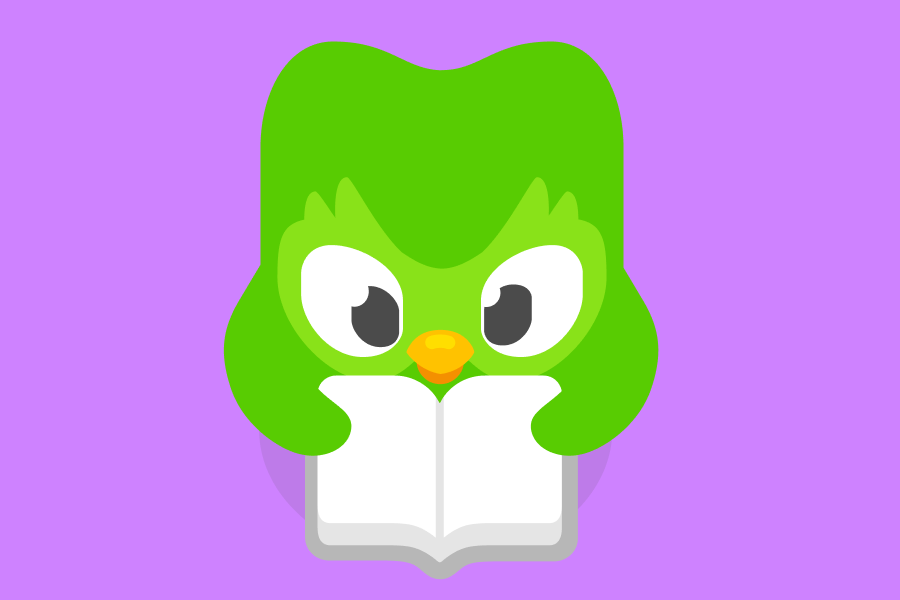Did you know that Duolingo teaches 10 languages with writing systems other than the one you’ll recognize from English? For some of these languages, the characters you’ll need to learn are actually a lot like the ones used in English, but for other languages, you’ll need to learn brand-new ways of thinking about sounds and words to read and write.
Duolingo has developed a series of tools to help you learn to read in languages that use other writing systems! We first introduced these new charts and lessons in our Japanese course, and now it’s available in even more languages. In this post, we’ll show you what these new tools look like for each language.
Arabic
Greek
Hebrew
Japanese
Korean
Russian
Ukrainian
Yiddish
Hindi
Russian, Ukrainian, and Greek
Russian, Ukrainian, and Greek all use an alphabet like in English, with each letter representing a sound or combination of sounds. Also, just like in English, these languages write words by combining letters, so once you know the letters you can start sounding out new words. Even some of the letters will look like ones you know from English! (And there will be some deceptively similar, but actually quite different, letters, too.)
Russian and Ukrainian use the Cyrillic alphabet, which is based on the Greek alphabet, so we can use the same approach to teach reading in all three languages.
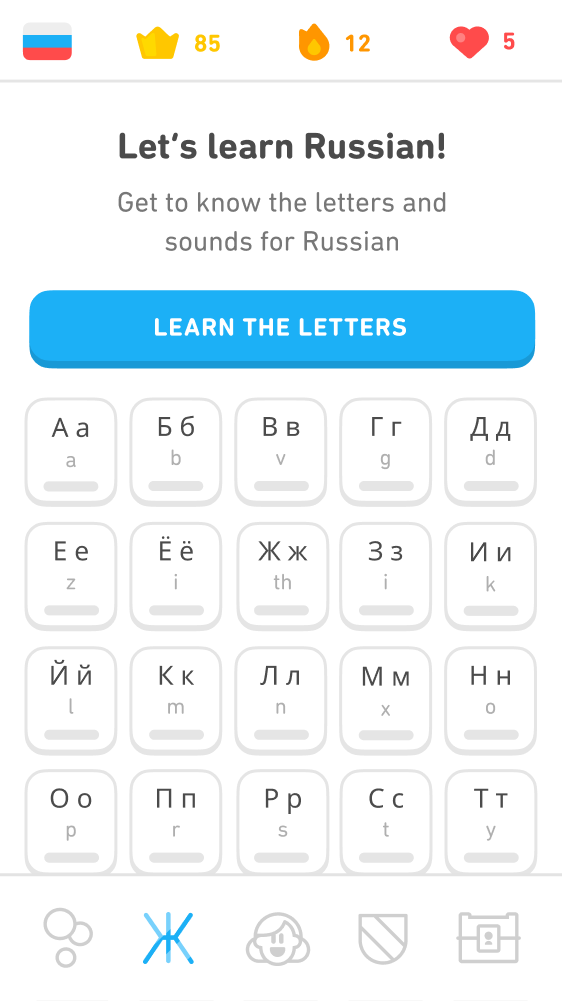 |
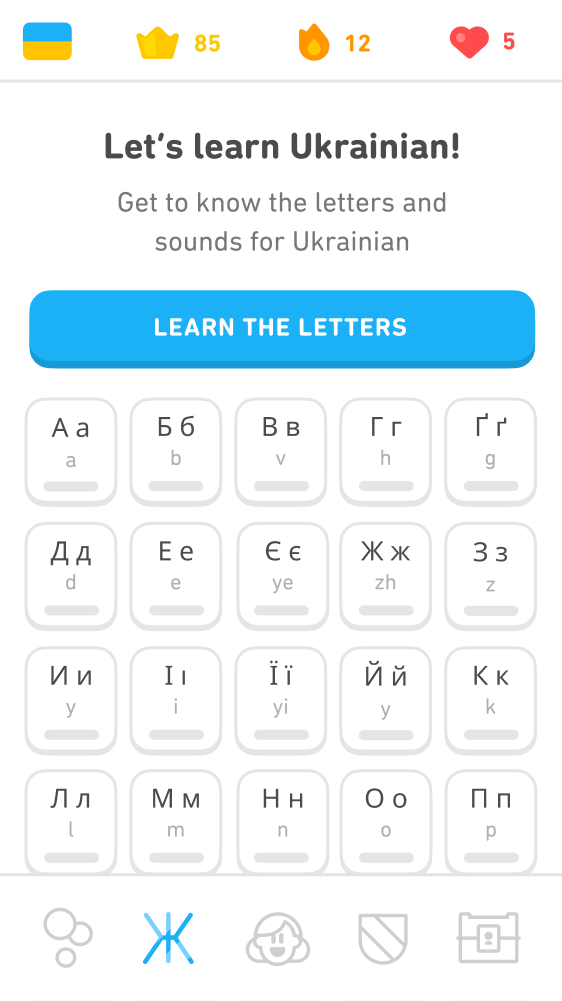 |
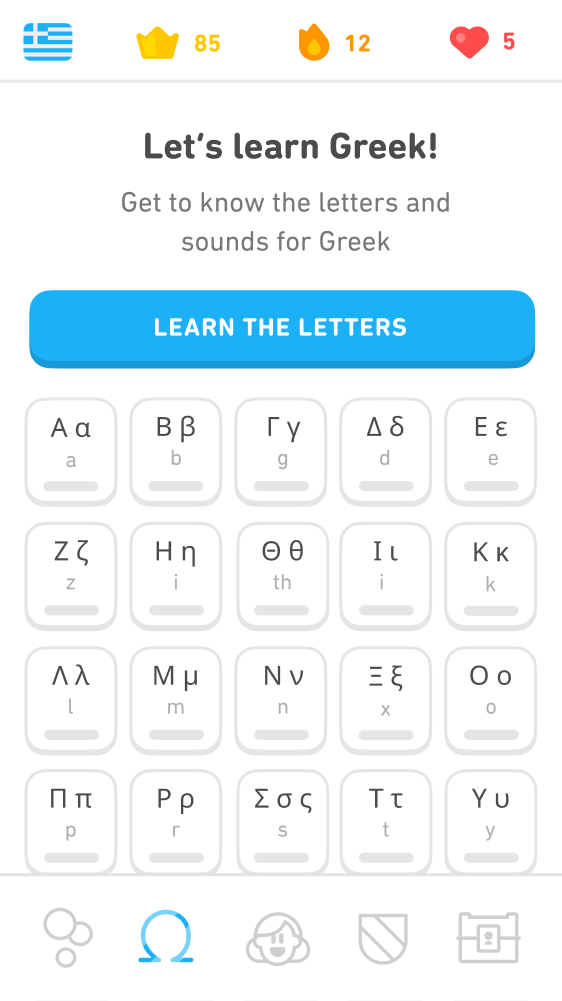 |
For Russian, Ukrainian, and Greek, our new reading feature teaches you the individual letters and the sounds they represent. Once you know your way around these new letters, you can practice them in the reading tab and by doing your regular lessons!
Korean
Korean’s writing system, Hangeul, visually represents blocks of syllables, or combinations of sounds (like ma or mo). It’s like writing multiple letters at once! So what looks like a single Korean character can actually be multiple letters forming a syllable block: each part of the character stands for a different sound (e.g., m and a), and together they form a syllable.
What’s interesting about Korean is that there are different syllable block patterns depending on the shape of what’s being combined. Some combinations are arranged horizontally, others vertically, and there are many other patterns to learn, too!
 |
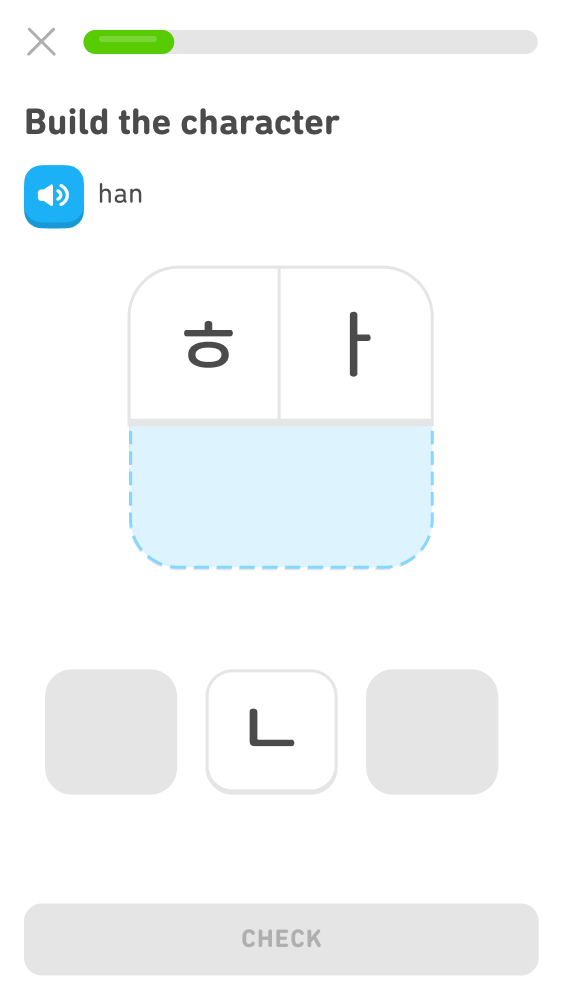 |
To teach learners how to read Korean, you’ll find a reference chart and new lessons to help you recognize the sounds and syllables and practice forming syllable blocks. Soon you’ll be sounding out Korean like a pro, and you can keep practicing in the tab or in the regular lessons!
Arabic
Arabic uses a writing system and a writing direction that will be new to many learners: you read and write Arabic from right to left! Arabic has letters, like in English, but in Arabic the default is to write the letters in a connected script, so the shape of each letter can change dramatically depending on where it shows up in the word. This creates the flowing visuals associated with Arabic writing, and it’s important for learners to recognize all the different forms of these new letters!
 |
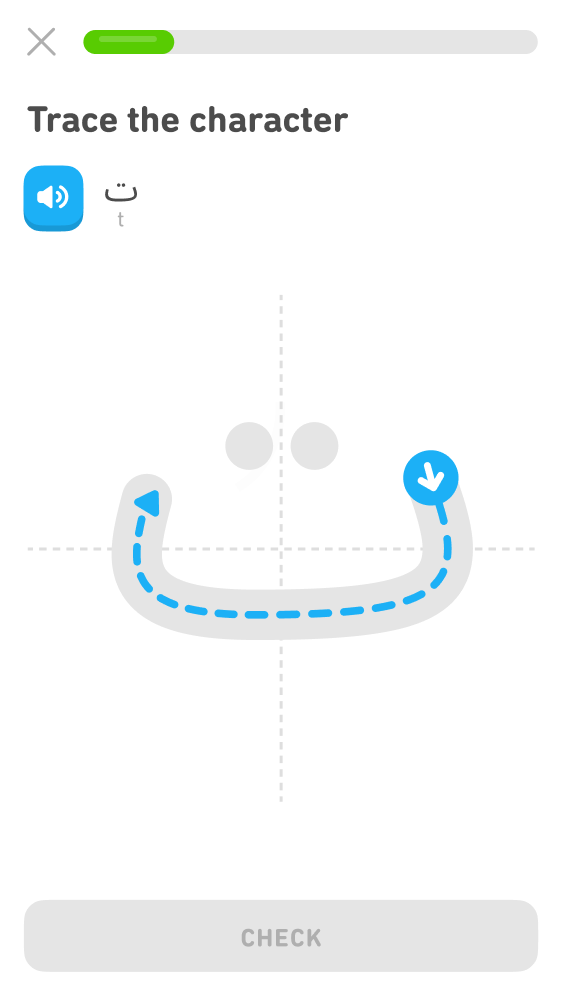 |
To practice reading in Arabic, we’ve created new lessons to help you learn the different forms of the letters. One of the exercises you’ll find is tracing – where you create the shapes yourself, with your finger, to help you commit the new letters to memory! Read more in our post about what makes Arabic so special.
Hebrew and Yiddish
Hebrew and Yiddish are totally different languages (Yiddish is closely related to German!), but they share closely related scripts. That means we can use a similar approach to teach both writing systems! The Hebrew alphabet is read from right to left, and each letter represents a sound or combination of sounds. One challenge for learning to read Hebrew is the vowels: they often aren’t written at all! Yiddish uses a modified version of the Hebrew script, and one difference — learners will be glad to know — is that all the Yiddish vowels are written out.
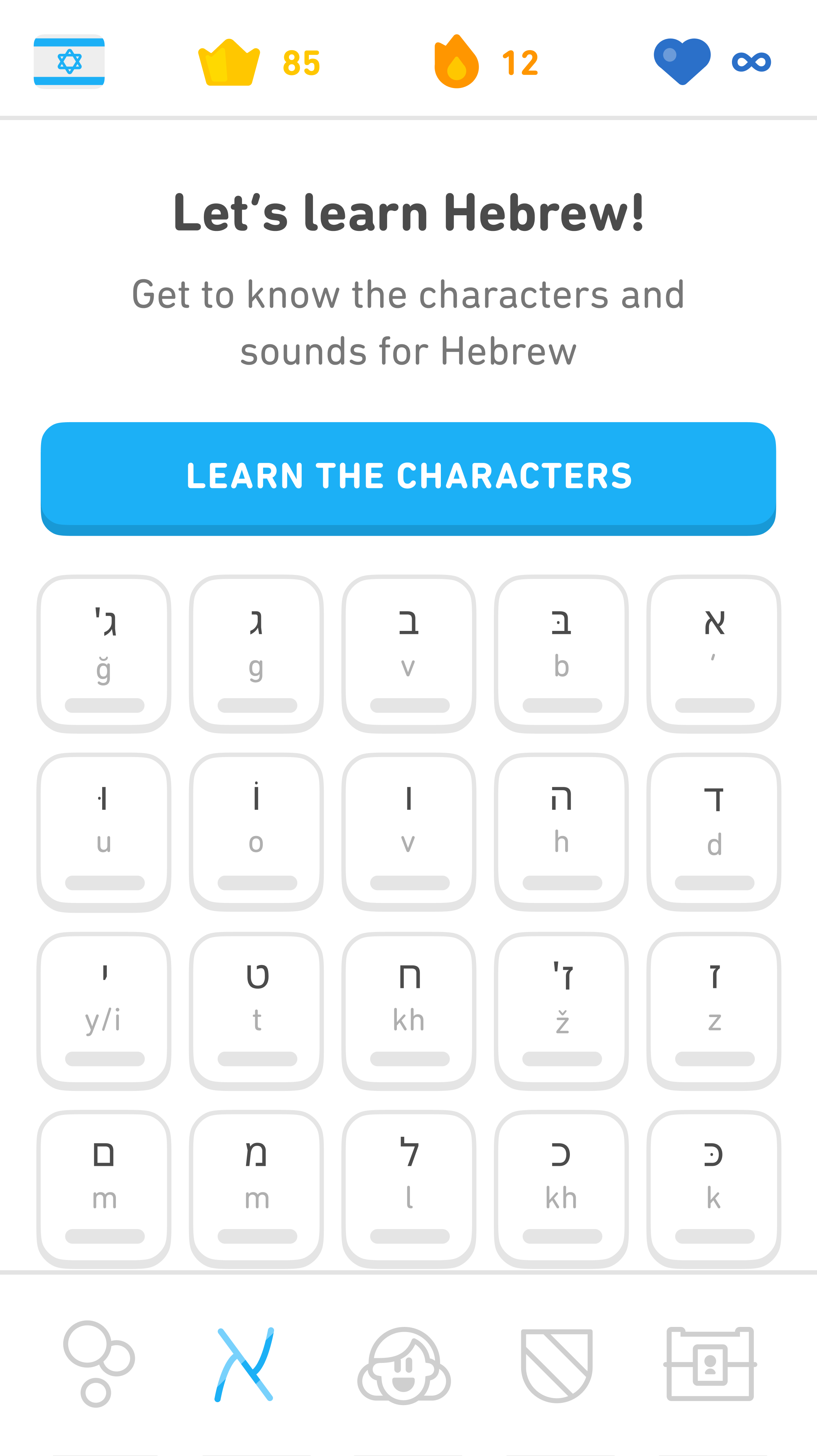 |
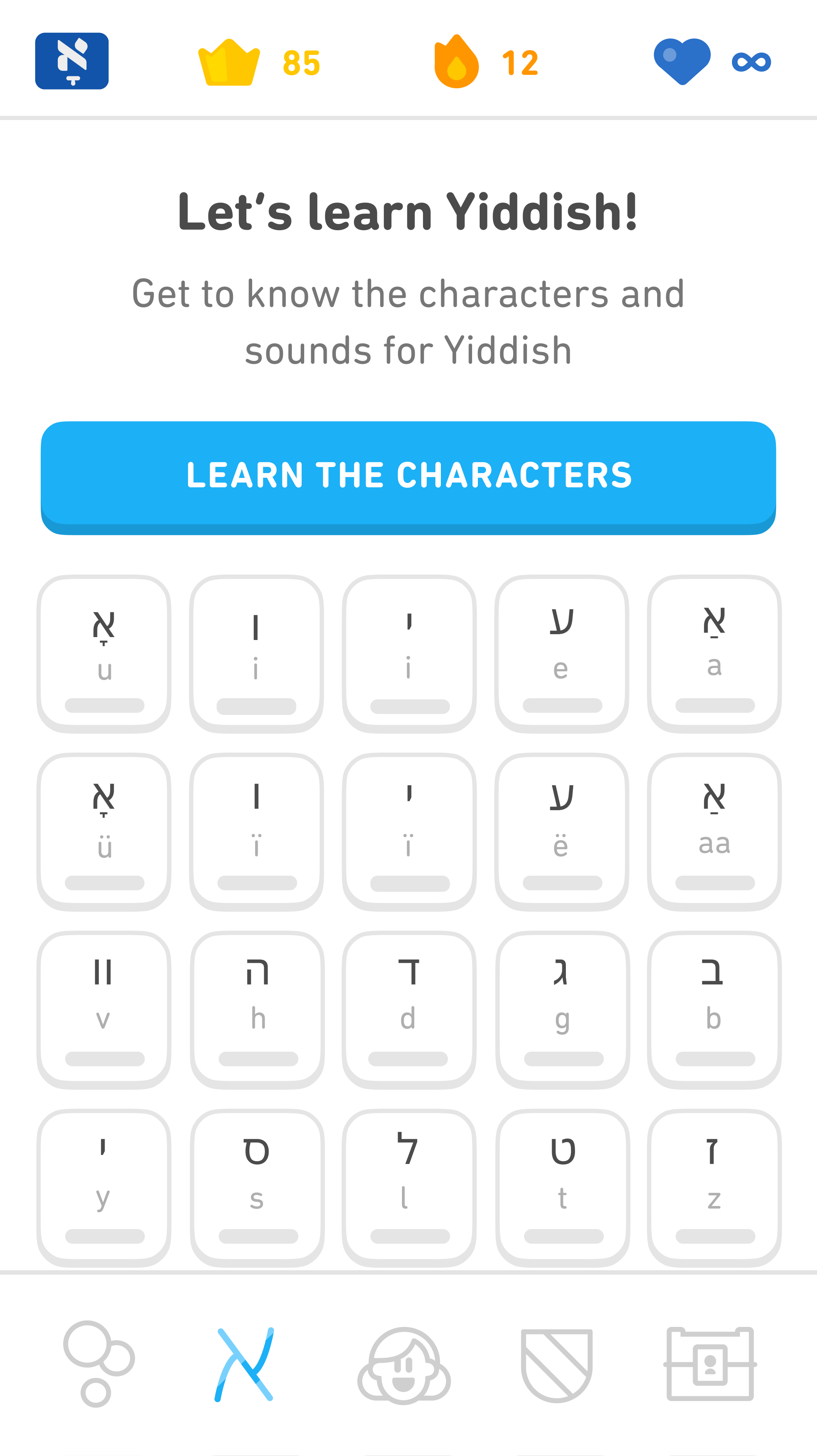 |
Hindi
Hindi uses a writing system called Devanagari. In Devanagari, a letter can represent either a vowel (such as अ a) by itself, or a combination of a consonant and a vowel (such as का “kaa”). Hindi has more than one “t” and “d” sound, so it can take some practice to learn how to tell these sounds apart if you don’t use a language that has them. Another feature that learners of Hindi sometimes have to get used to is that words are written with a single line on top connecting all of the letters, as in काला (“black”), pronounced “kaalaa.” Our new lessons will help you learn to recognize the sounds and appearance of letters both by themselves and in the context of other words.
 |
 |
Teaching you to read from A to Z, or A to Я, or ا to ي, or...
It’s exciting to learn to read in a new language, and it makes so much of the language available to you, whether through books, Twitter, or texting with new friends. Duolingo’s latest character and reading lessons will get you learning and reading in your new language, no matter what the new writing system is! We’re always updating and improving our teaching tools, and we’ll be introducing these reading lessons to more languages soon. 🙌🏼
